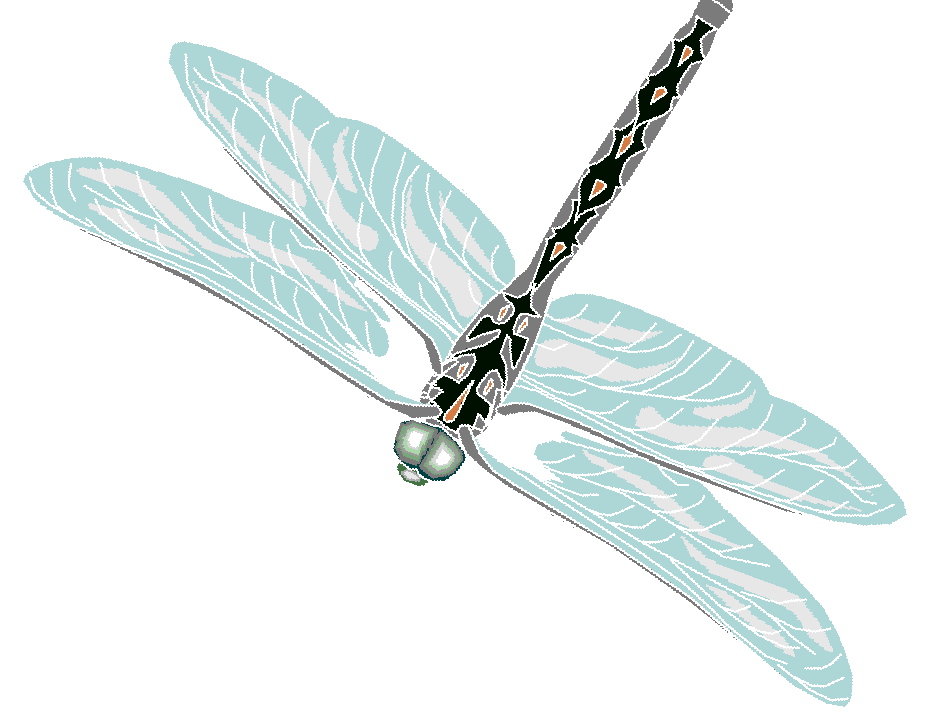Dragonflies on the Stour
| What a misnomer! Do they feed on dragons like horseflies feed on our equestrian friends and everybody else come to that! No – not at all. These beautiful creatures that grace our waterways during summer months do little harm. They do not sting or bite and, indeed, feed themselves on those that do. The Americans have much more evocative names such as Jewelwings. How would you like to be called a Hairy Dragonfly? – but perhaps that’s better than the Devil’s Darning Needle which is the title they had in the Middle Ages.
Dragonfly is the Order covering both true dragonflies and their smaller cousins – the damselflies. The Stour Valley has an abundance of both and is regarded as one of the best places to watch odonata (posh name for dragonflies) in both our counties. You can see up to 20 species in the valley during the summer, but not all at once, as they emerge from April through to October and only fly for about 6 weeks. The first to emerge are the Hairy Dragonfly and the Large Red Damselfly and the last on the wing is the Common Darter which can sometimes be seen as late as early December. However July must be the best month for dragonfly watching when you get an overlap of early and late species and a sunny day in the valley could produce 14 species. Weather is so important for dragonflies – they hate the wind but love the sun. You rarely see them flying far on a cloudy day as they need the sun for energy with their wings acting like miniature solar panels. The life cycle of dragonflies is fascinating. Most of their time is spent under water – the female parent normally deposits her eggs in aquatic plants and from here the nymphs develop as aquatic mini-beasts. They grow underwater for up to 6 years and change their skin 9 times during that time. Each change is known as an “instar” but as the water of the Stour and surrounding ponds is relatively warm the process is speeded up to as little as 2-3 years for the larger dragonflies and probably only 12 When the time comes for the 10th instar their amazing instinct makes them select an emergent plant and climb out of the water for the first time. Here over a period of several hours they pull themselves out of their bodies and slowly change into the beautiful insects that grace our skies and still baffle scientists with their flying skills. Within a week most will be mature enough to mate and from then on the males only think of two things – food and women! Sadly they are not very gentlemanly, grabbing the ladies by the back of the head and enticing them to take sperm from the secondary genitalia (yes, the males are unique amongst insects in having two sets!). You have probably seen them copulating in the D or wheel position and then often flying off in tandem for the female to lay her eggs to complete their life’s rich cycle. So what dragonflies can be seen in the Stour Valley and where are the best places? If you are interested in the subject you will do well to buy a specialist book on Dragonflies. Both our counties have excellent regional guides but if you want detailed descriptions of the different species there is an excellent book entitled “Suffolk Butterflies” which can be bought from The Suffolk Naturalists Society, c/o The Museum, High St, Ipswich IP1 3QH. KEITH MORRIS |
 |
